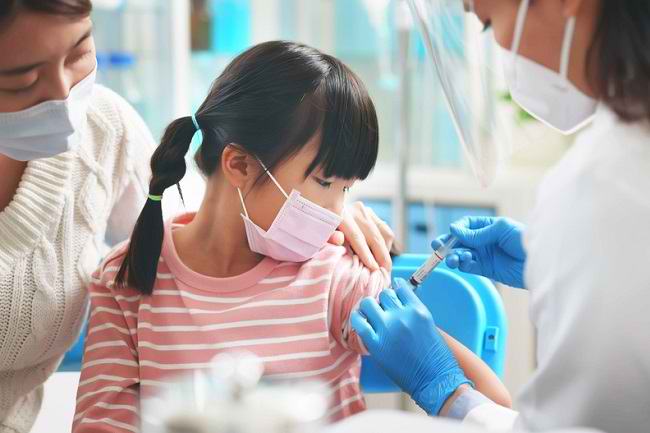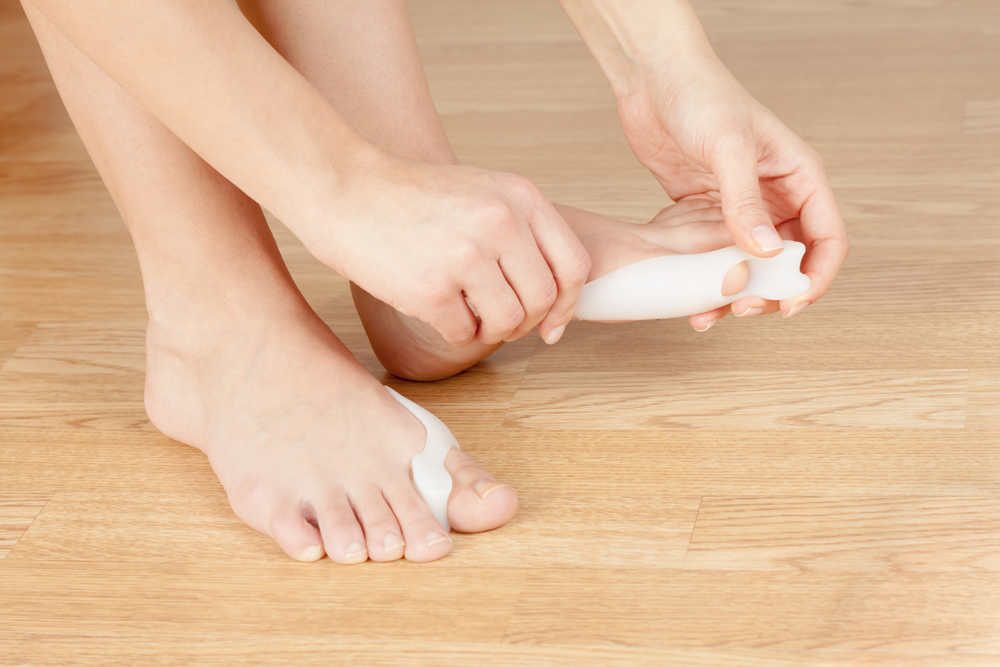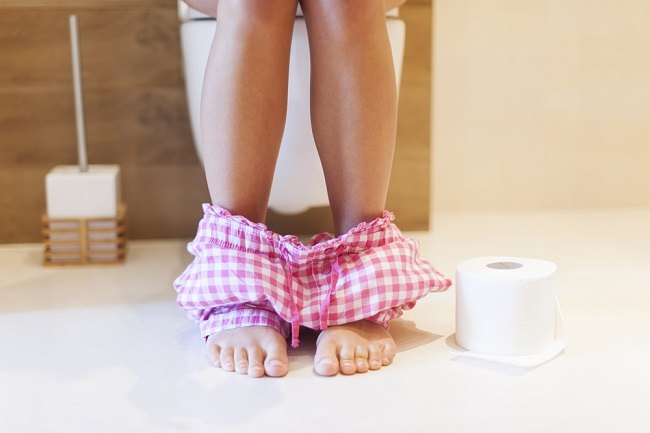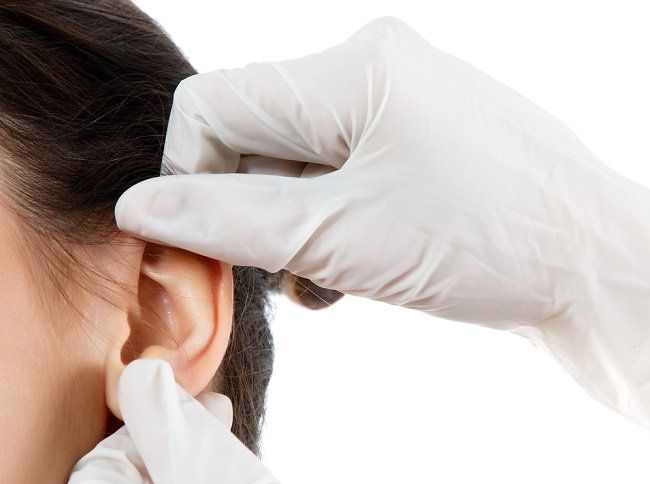A curettage can be performed for a variety of reasons. If you or a family member has to undergo it, it is important to know about post-curettage care so that you can recover quickly.
Curette or dilation and curettage (D&C) is a procedure to remove tissue from inside the uterus using surgical equipment. Curettage is usually performed after a woman has had a miscarriage, abortion, to take a sample of uterine tissue and make a diagnosis, or to treat other uterine disorders.

Post Curettage Treatment
Some tips that can be done as a post-curettage treatment to recover quickly are:
- After the curettage is performed, the patient is generally placed in the recovery room for several hours. The doctor will watch for heavy bleeding or other complications.
- Under general anesthesia, you may experience nausea, vomiting, and drowsiness for several hours after the procedure.
- Some time after the curettage procedure, try to stand up and walk slowly. This is important to do to prevent blood clots around the legs and make the leg muscles strong.
- Use regular pads if bleeding occurs after curettage. Avoid using tampons to prevent infection.
- Generally, after curettage, you will feel tired, mild cramping around the stomach, or light bleeding for a few days. You can take pain relievers such as paracetamol or ibuprofen as part of your post-curettage treatment, as advised by your doctor.
- Avoid rinsing female sex organs with cleansing soap. In addition, it is likely that your doctor will forbid you to take a shower immediately after the curettage for some time.
- Menstrual schedule may change after curettage. There may be earlier or later than usual.
- Delay intercourse after curettage for at least three days or according to doctor's advice.
- Rest needed after curettage is only about 1-2 days. After that, you can immediately return to normal activities.
- Immediately return to consult a doctor and check according to the specified schedule. At this time the doctor will determine whether further treatment is needed.
If the curettage is due to a miscarriage, consult your doctor before starting a pregnancy program. Then, for curettage that is done with the aim of taking out tumors or cancer, ask the doctor to describe the results. If it is considered precancerous or cancer, the doctor may suggest whether or not to consult with other specialists further.
Risk of Curettage Complications
Generally, hospital curettage is safe and the risk of complications is rare. Although relatively rare, infection or side effects after curettage can occur. For example, there is damage to the cervix, an incompatibility reaction to anesthesia, perforation or hole in the uterus, or scar tissue in the uterine wall.
If that happens, it can trigger pain, abnormal menstrual cycles, repeated miscarriages, and difficulty getting pregnant again. Therefore, it is recommended that you consult about the risk of side effects of curettage before undergoing this procedure.
It is also important to pay attention to the condition and post-curettage care. If you experience bleeding for more than 2 weeks, cramping for more than two days, fever, increasing pain, or a foul-smelling vaginal discharge, consult a doctor immediately. Perform post-curettage treatment according to the doctor's advice and immediately seek medical attention if other suspicious symptoms arise.









